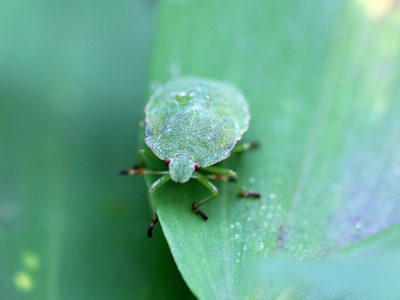
Biology - Natural Selection (AQA)
One subject looked at in GCSE Science is evolution. This is the second of two quizzes looking at that topic and it focusses in particular on the process of natural selection.
The usual story behind Darwin's theory of evolution gives the impression that he came up with it when he visited the Galapagos Islands during the voyage of the Beagle. But that is not the case. It was more than 50 years later when it was published. It is true that it was down to the birds that he observed on his trip but it was only many years later that he started to develop his ideas.
Whilst looking through his notes, he came to believe that the Galapagos Islands birds were all types of finch that had somehow 'transmuted' (that's just a long way of saying 'changed') from one form into another. The main difference between the birds was their beaks. He kept his ideas to himself for a long time because he had no idea how or why that could have happened.
Ready for more?
not all...
quizzers. Try to win a coveted spot on our Hall of Fame Page.







